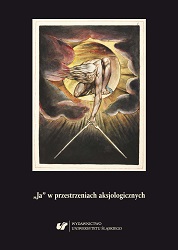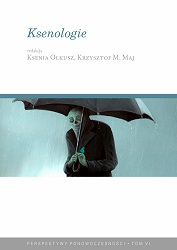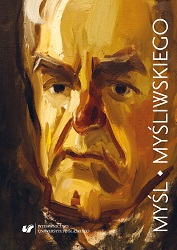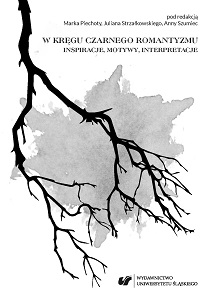
Odwrócenie perspektywy – próba innego modelu historii literatury. Metoda wglądków
The present treatise aims at drawing up a new model of investigating the history of literature. Even though comparative approach is applied by the author, he does so within the constraints of an altered history of literature. A new form of the hermeneutic circle is developed. After a preliminary reading that accentuates particular issues in a poet’s work under analysis, what is further investigated is the reappearance of those issues in the poetry of a resourceful Continuator. At this very moment shifting of the perspective takes place: careful investigation of metamorphosis undergone by the resultant shape of phenomena in the realm of poetry allows to reverse-engineer the sought-after lens facilitating the creative reading of the poetry under analysis. The said reversal was utilized in the reading of Juliusz Słowacki’s poetry (namely, the problematic of liminal being present therein – transgression, disability, and destruction of ontic dimension of the human being), and the said lens, enabling the contemporary rereading, is in this very case the poetry of Słowacki’s prodigious Continuator – Bolesław Leśmian. First, the reading of the latter’s „Bałwan ze śniegu” (Snowman) allowed to uncover the broader basis for the epiphany in one of Słowacki’s lyrics, then the ballads by Leśmian helped to recognize the depiction of a crippled nun as a metonymical symbol that highlights her other mode of being inside the metonymicality of body. Finally, Leśmian’s poems unveiled the fact that negative epiphany occurring in Semenko’s martyr-like body is what reveals more radically his existential transgression and metamorphosis, than the sacred symbolism used.
More...


